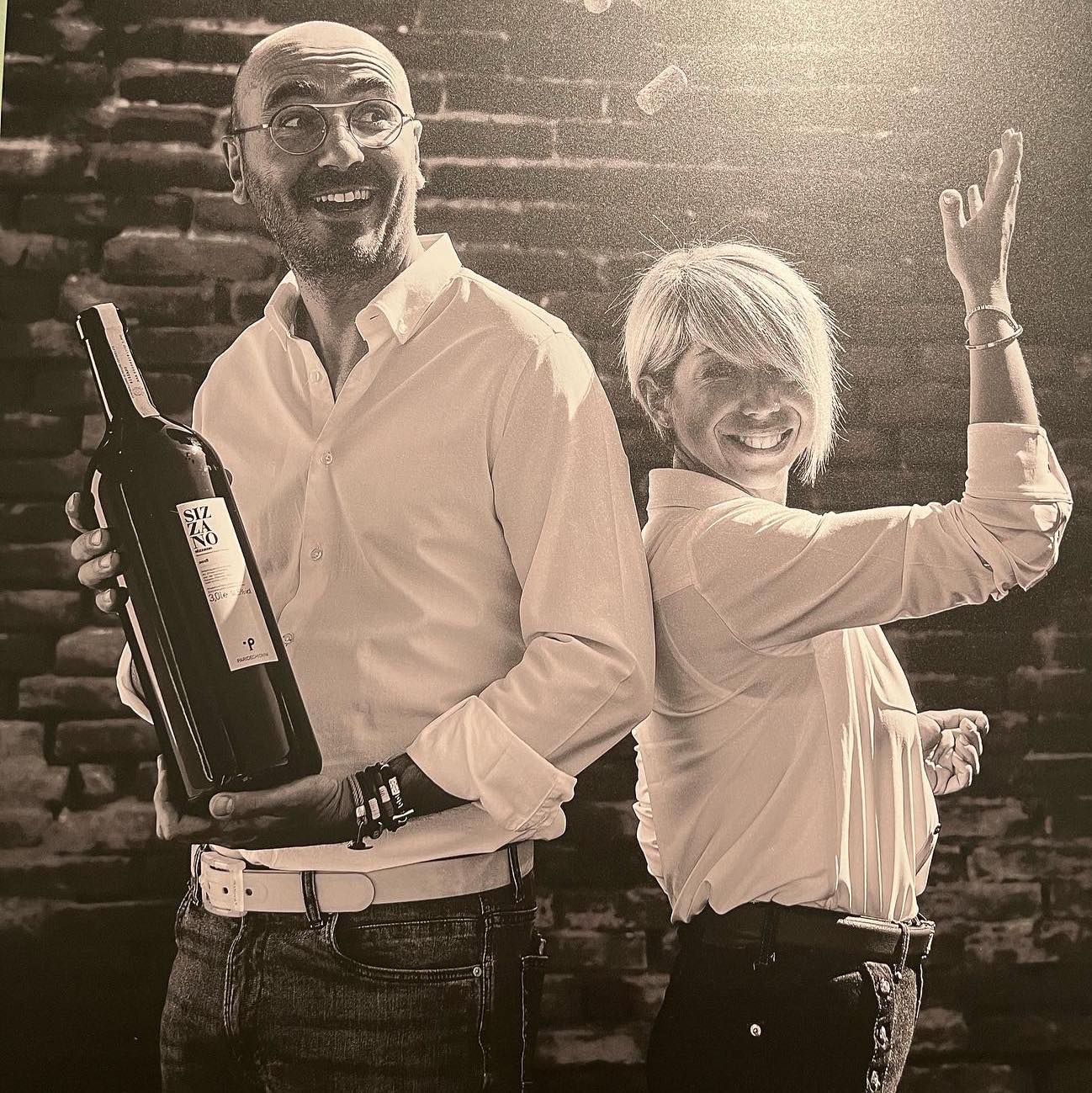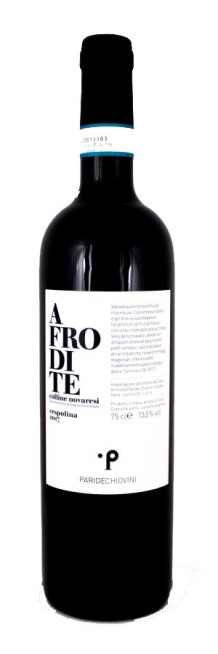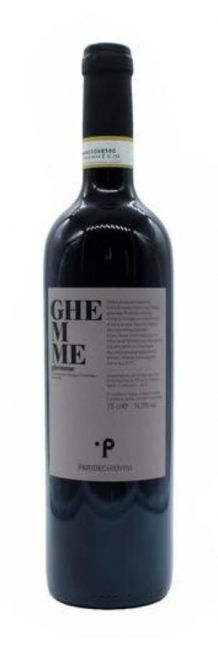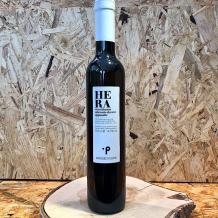PARIDE CHIOVINI
Paride Chiovini produceert wijnen sinds 1997 die de oude landbouwtraditie van de Alto Piemonte presenteren.

Het wijnhuis is gelegen in de gemeente Sizzano, in het gebied dat bekend staat als Colline Novaresi, een gebied met inheemse DOC en DOCG wijnstokken en waar de wijnbouw oude tradities heeft. Sizzano is een klein stadje van zeer oude oorsprong en ligt aan de voet van de Colline Novaresi in Alto Piemonte.
De wijnmakerij is het kloppende hart van het bedrijf, waar de wijn rust, verandert en evolueert. De wijngaarden tussen Sizzano en Ghemme zijn verdeeld in de inheemse variëteiten Nebbiolo (de lokale naam is Spanna), Vespolina (ook bekend als Ughetta) en Uva Rara (ook bekend als Bonarda Novarese).
De individuele druivensoorten worden apart gevinifieerd om hun kwaliteit te differentiëren en hun speciale kenmerken naar voren te brengen.
De vinificatiekelder heeft momenteel een capaciteit van 250 hl, uitgerust met roestvrijstalen tanks met temperatuurregeling. Na de renovatie is er een bottelruimte en een rijpingsruimte met eikenhouten vaten van 225 l en 500 l, waar de lang houdbare wijnen rusten.
Het vinificatieproces is streng en maakt gebruik van geavanceerde technologie. De grote eikenhouten vaten bewaren de rode wijnen minimaal 18 maanden, waardoor hun geuren, aroma's en smaken worden versterkt, die vervolgens worden verfijnd met een minimale flesrijping van 6 maanden. Het resultaat van zoveel zorg zijn kwaliteitswijnen, voor kenners van lekker drinken, buiten de mode en de schema's van massa-standaardisatie.
Er zijn vijf hectaren op het landgoed, waarvan drie met wijnstokken, geleid tussen Sizzano en Ghemme volgens de beheerstechnieken die zijn vastgelegd in de productievoorschriften van de: Sizzano DOC, Colline Novaresi DOC en DOCG en door de Europese verordening van geïntegreerde bestrijding van plagen met respect voor het milieu.
De wijnbouw in Sizzano is ontwikkeld op de oostelijke helling van de Sesia vallei, een lange heuvel die zich uitstrekt langs een noord-zuid as, een overwegend kleiachtig plateau verdeeld in twee heuvelachtige stroken.
De faam van Sizzano-wijn is te danken aan de grote Piemontese staatsman Camillo Benso Conte di Cavour, en groot wijnkenner, die Sizzano DOC vergeleek met de grote wijnen uit de Bourgogne.
Naast de Sizzano Doc wijn, produceert Paride ook Ghemme DOCG, een Nebbiolo zijnde Priamo, een Uva namelijk Briseide, een Vespolina met naam Afrodite, een witte Erbaluce wijn Athena en een rosé wijn Eros. Stuk voor stuk zijn het pareltje van een klein maar enorm kwalitatief wijnhuis die een ongelimiteerde passie en dynamiek aan de dag legt om jaar na jaar steeds de wijnliefhebber te bekoren.
9 Artikelen









